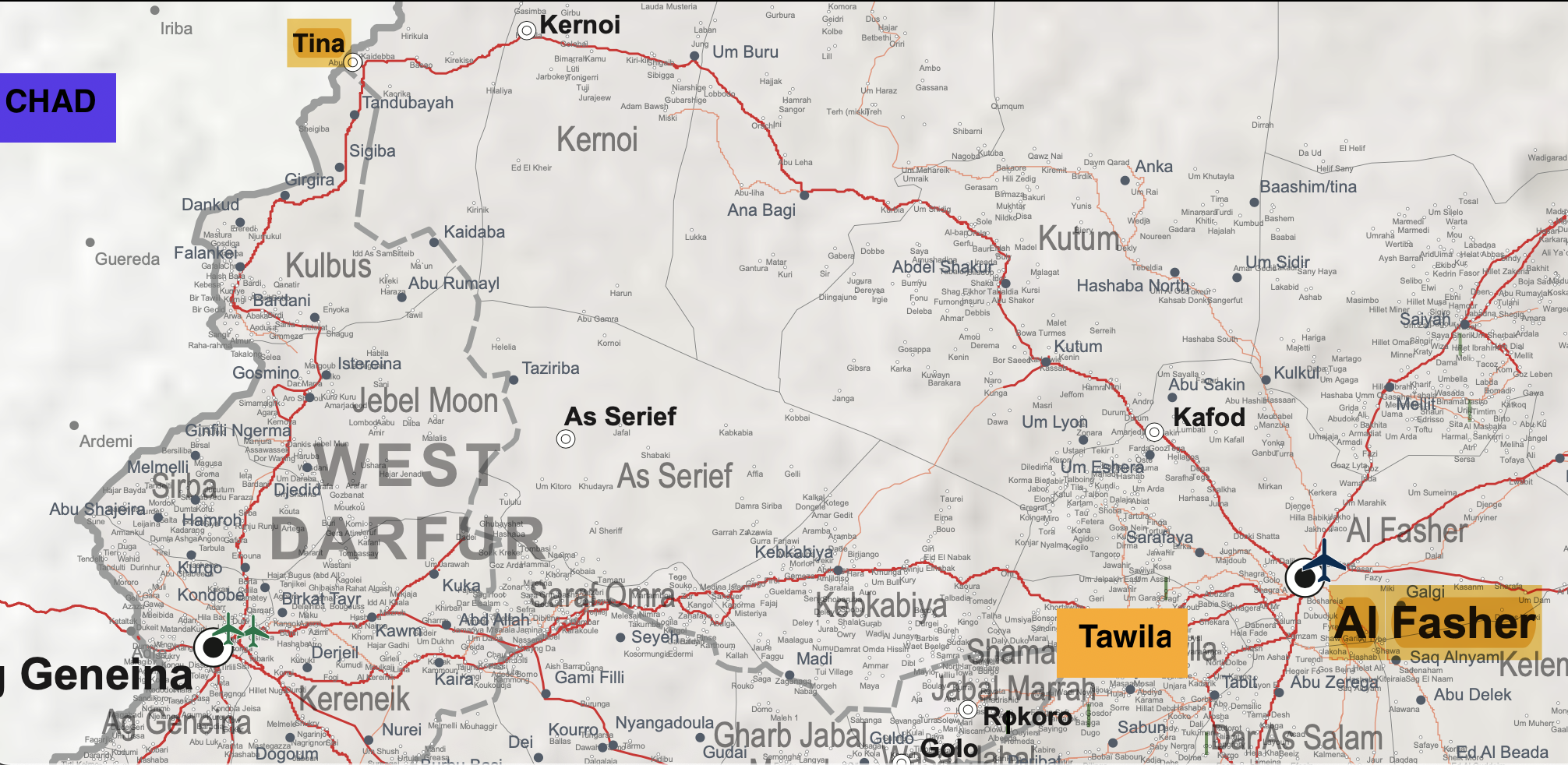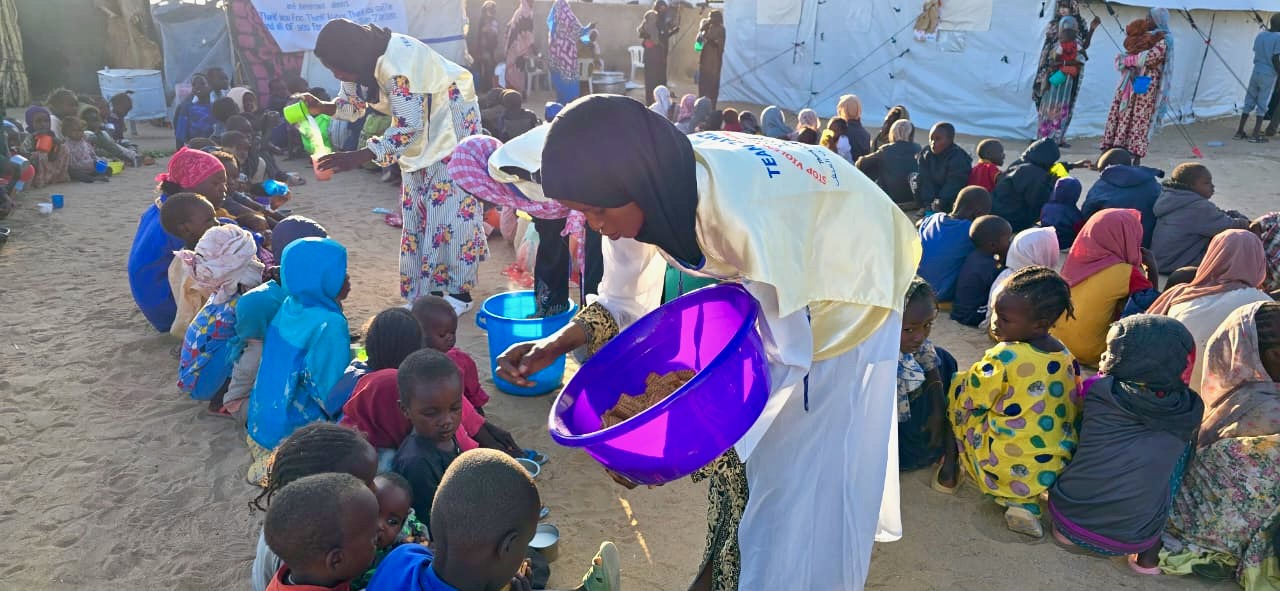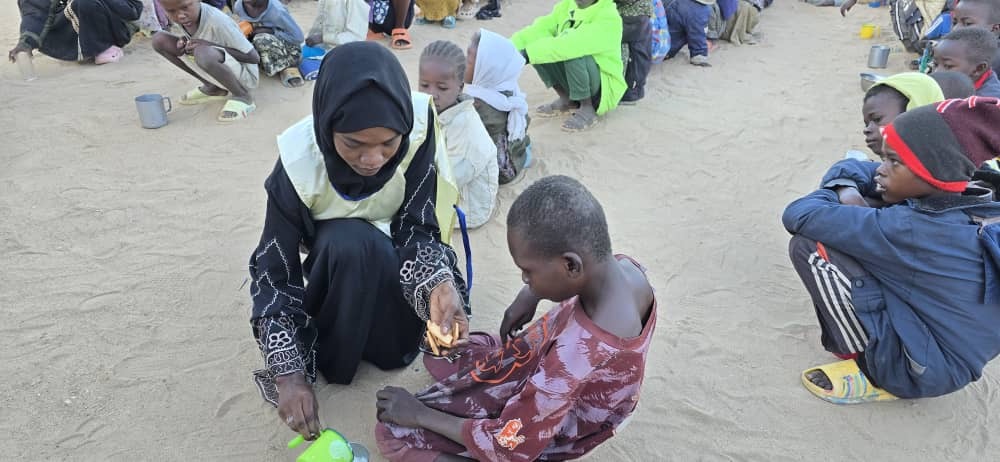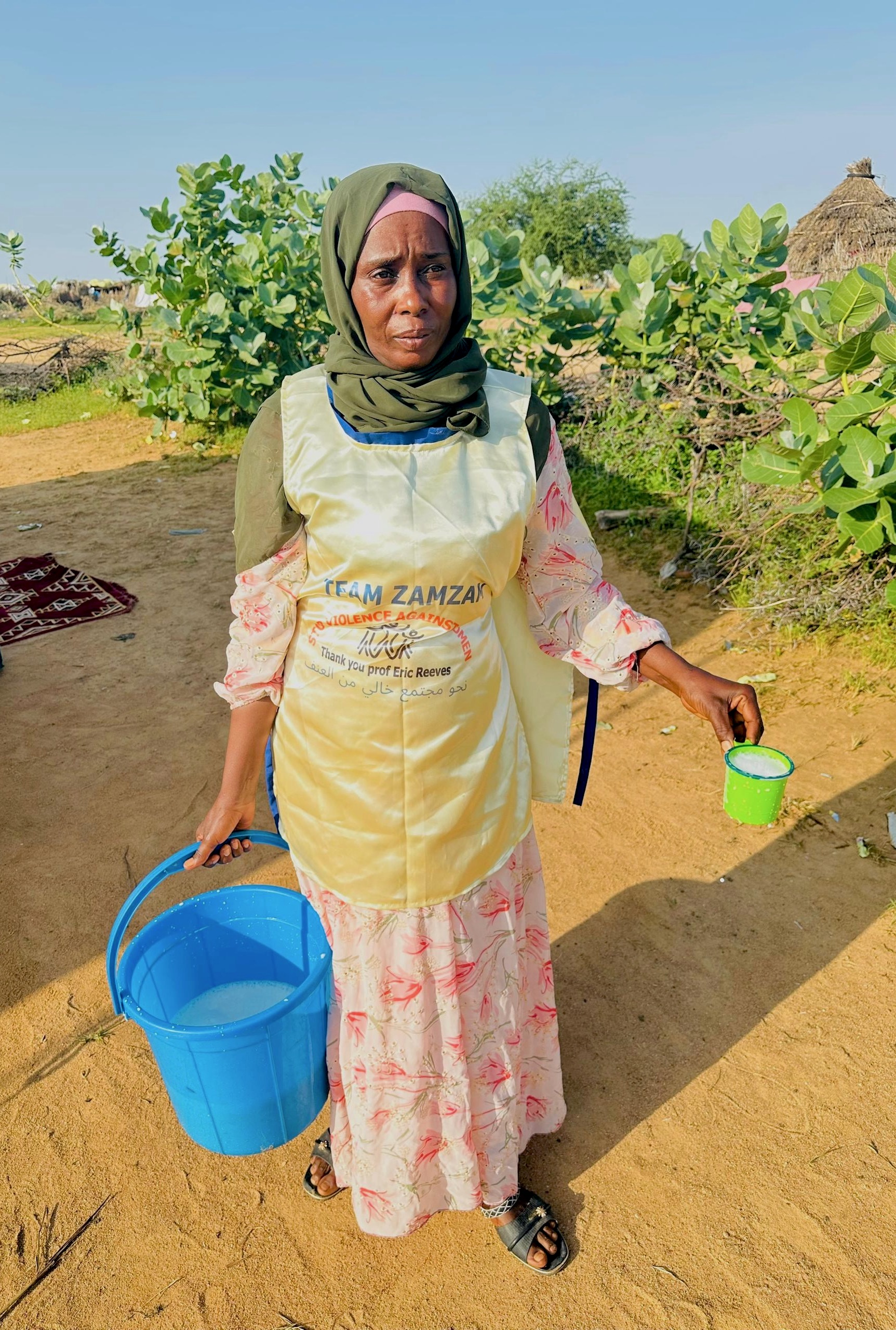Demographics in North Darfur After the Fall of El Fasher, November 6, 2025
To understand the threats to human life and well-being in North Darfur following the #RSF’s genocidal assault on and seizure of El #Fasher, we are in urgent need of more and better data: about various populations in different locations; reasonable estimates of future movement of these populations; levels of malnutrition; and the adequacy of humanitarian resources to address the massive needs within these populations. We also should look at these data in light of the now forbidding geography of North Darfur and eastern #Chad. And we should bear in mind the massive movements of people during earlier moments of the vast maelstrom of violence in the region, certainly reaching as far back as the April 2025, when the RSF seized Zamzam IDP camp, killing many, and displacing hundreds of thousands of people for whom Zamzam was home—as many as 700,000 people.
Herewith a very brief survey:
• It will certainly be necessary to estimate the number of dead, wounded, tortured, raped, and those stripped of all assets. Considering that deferred mortality will be a massive figure unto itself, we know that total mortality will reach to the tens of thousands, and indeed may already be well on the way to exceeding 20,000, given reports both from El Fasher and the areas around the city, which have become a vast “killing field” for the RSF.
• For the moment, I offer figures that speak at least in part to the anguished question of an #MSF official in #Tawila on October 31: “Where are all the missing people who have already survived months of famine and violence in El Fasher?” To answer this question requires a clear statistical context. If precision is not possible, the most informed estimates must suffice.
• Estimates for the population of El Fasher this past August (2025): range from 250,000 – 300,000, a small fraction of the population that lived in the city before the RSF siege began a year and a half ago.
• Both the #IOM and Sudan Doctors’ Union estimated that as of October 30, 177,000 people remained trapped in El Fasher, suggesting that perhaps 80,000 people had fled or been killed—or both; the #UN estimated that as of November 4, 82,000 people had fled El Fasher.
• For a considerable period of time, especially since the RSF takeover of Zamzam IDP camp, Tawila locality—some 60 km to the west of El Fasher—has been a primary destination. The IOM September estimate for the IPD population of Tawila locality (not Tawila town) was 652,000, up from 284,000 in March. Three quarters of the population, IOM indicates, were in gathering sites or informal settlements.
• Reuters reports that as of November 6, only 10,000 people have reached Tawila from El Fasher (again, the UN estimate of those who fled El Fasher was—on November 4—82,000; those reaching MSF aid workers and other humanitarians are in terrible shape, some unable to speak because of dehydration; the acute or severe malnutrition rate for children under five is 100%. The UN has said “humanitarian needs far exceed available resources.”
• In light of the growing flight from El Fasher, and the acute limitations in Tawila, a UN spokesperson declared yesterday: “With escalating violence in El Fasher, another major influx into Chad is anticipated, further straining host communities.” Chad already hosts some 1.4 million refugees, a population that is badly under-served. It is not at all clear where resources for an additional influx of refugees will come from, given the cuts #UNHCR has already made to refugee camps along the Chad/Darfur border. The UN itself has described essential humanitarian resources (including food, water, sanitation, and protection) to be “critically under-resourced.”
• Those from North Darfur reaching the Chad/Darfur border will have made an exceedingly arduous journey (530 km by road), filled with danger and an almost total lack of humanitarian resources (see map below). The first point of safety offering significant humanitarian resources will be #Tina (Darfur)/Tiné (Chad), a cross-border town of major significance.
There is presently no international humanitarian presence in Tina/Tine. Nonetheless, thousands have been fed and assisted here by local humanitarian groups, including Team Zamzam. The women of the Team stand ready to assist all who survive the flight to this area (see www.sudanreeves.org).








